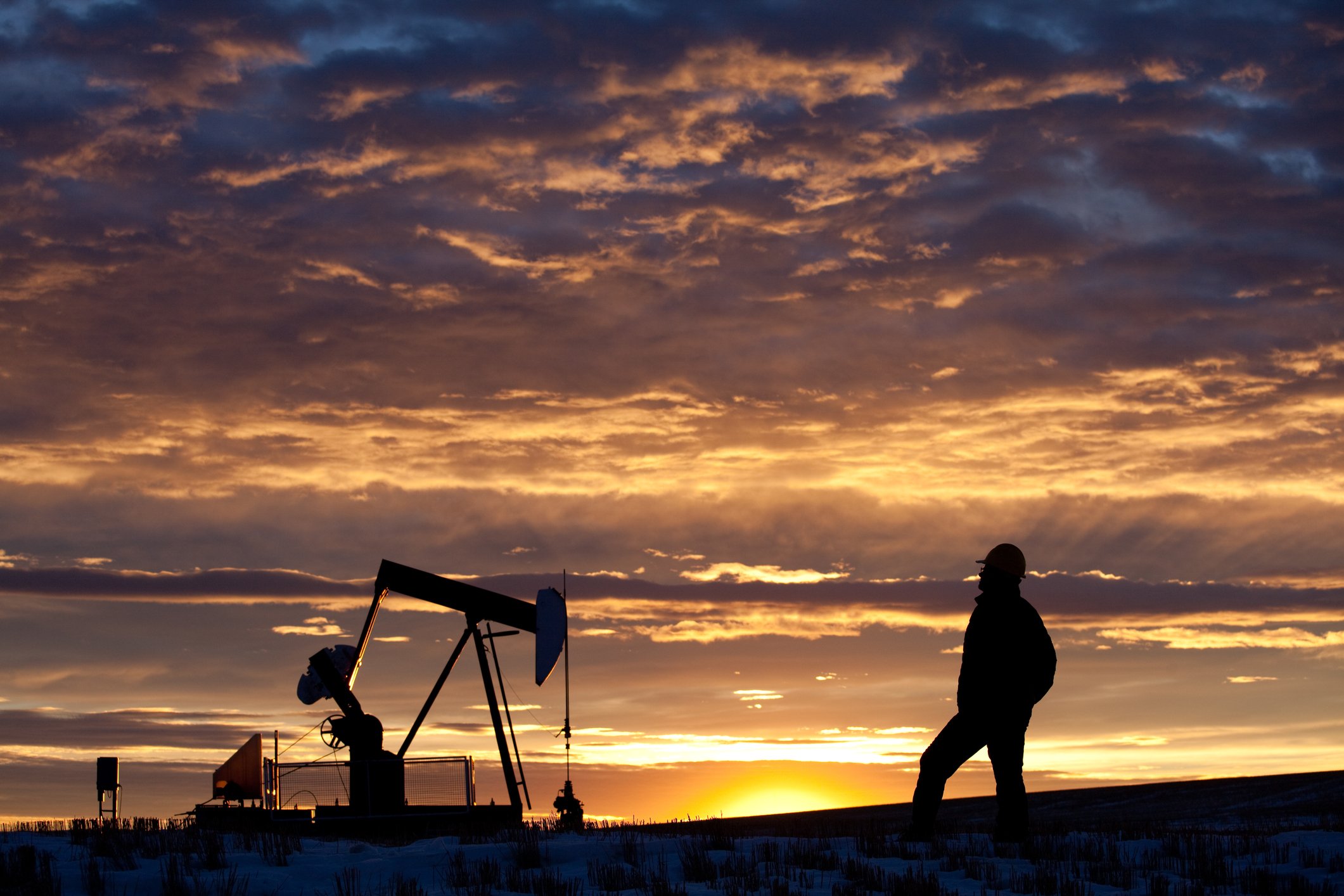Acquisitions are a key part of Diamondback Energy's (FANG 0.57%) growth strategy. CEO Travis Stice has gone so far as to say that "M&A activity is as fundamental to Diamondback Energy as the air that we breathe." That has certainly been evident over the past year as the company completed several deals, including buying rival Energen for a whopping $9.2 billion.
However, while mergers and acquisitions (M&A) have been a hot topic in the sector in light of the recent bidding war for control over Anadarko Petroleum, Diamondback has found something it would rather buy than another rival: its stock. That was one of the key takeaways on the company's recent first-quarter conference call.

Image source: Getty Images.
Reaching a key inflection point
Diamondback Energy has undergone a notable strategy shift over the past year. The company had historically spent all its cash flow -- and then some -- in expanding both its production and asset base. However, it initiated a dividend last year as part of its efforts to begin rewarding shareholders for their support of its growth initiatives over the years. The driller has since increased that payout by 50% and more recently announced a $2 billion share repurchase program that it intends to complete by the end of next year.
Stice commented on the buyback during the first-quarter conference call, saying that it "represents the next step in our total return strategy and the evolution into a large-cap Permian pure play." And he noted that the "program is a direct reflection of the confidence we have in our business plan and free cash flow outlook given the improvement in commodity prices from our original 2019 budgeting process, our capital budget control, and the expected improvement in our oil realizations, as legacy fixed differential contracts have rolled off and we moved more of oil barrels to the Gulf Coast."
However, the company isn't returning this cash to shareholders just because it's what everyone else in the oil patch is doing these days. Instead, Stice stated, "put simply, we feel buying back our stock is the best acquisition opportunity we see today, given the outlook and multiple visible catalysts ahead."
Still making acquisitions when they make sense
While Diamondback believes that its shares represent the best thing it could buy with its growing free cash flow, that doesn't mean the company won't make another acquisition. Stice stated on the call that "we've been pretty clear that doing a little acquisition, the bolt-ons, where we can take advantage of Diamondback's operation prowess, are just part of our DNA, so we're going to continue to do those."
But the company isn't going to let industry-related M&A drive its decision-making. Stice stated that he didn't want to "speculate on the larger deals that are out there" nor about what goes on in the industry when it comes to M&A. Instead, he wants to focus on creating value for shareholders. In his view, "we really feel like that's best accomplished through first-in-class execution on our low-cost operations and delivering on [our] outlook," which would see the company produce more than $750 million in free cash flow over the next year assuming oil averages $55 a barrel.
In other words, Diamondback Energy doesn't plan to get involved in the currently heated M&A market. While it will look at smaller-acreage deals if those make sense, the company believes it can create more value for its investors in the long run by executing its strategic plan. That includes using its free cash flow to buy back its attractively priced stock.
An increasingly compelling oil stock
Diamondback Energy has grown up a lot over the past year. It has shifted its strategy from growing as fast as possible, toward the aim of creating as much value for its investors as it can. That's why it plans on spending below its means so that it can use some of its cash flow to buy back its stock. That focus on growing shareholder wealth instead of the size of the company could fuel market-beating returns for investors over the next several years.






